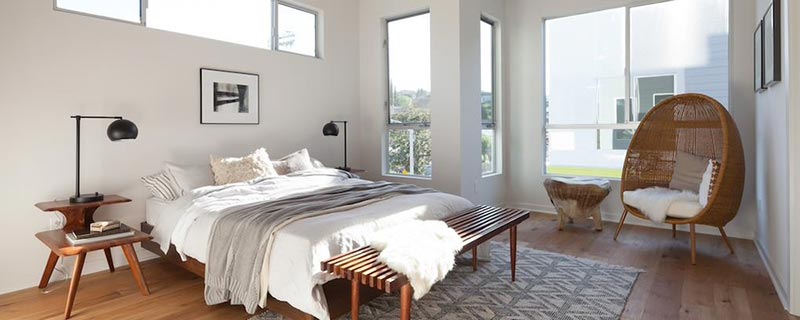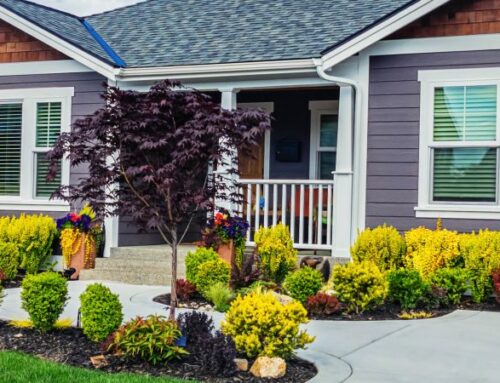Home staging has become an increasingly a great way for people to sell their homes more quickly and for more money. Its overall goal is to help prospective home buyers emotionally connect with a space. Home staging isn’t limited to just high-end properties. It has become a norm for homes at all price points. While staging may seem like an additional hassle and expense, the investment can pay off.
This will be part one of a two part series on home staging. We’ll first go over who hires home stagers and the benefits of staging a home.
Who Hires Home Stagers?
Anyone selling or buying property may benefit from home staging. Homeowners selling single-family homes, condos and townhouses make up the greatest percentage of those hiring home stagers. However, property developers selling new construction, and real estate agents, also are in the mix.
While home staging was created primarily to benefit the seller, seeing prospective properties in their best light also can be advantageous to buyers because it can cut down on their search time.
Benefits of Staging a Home
Most people have trouble visualizing a space’s potential. Whether that’s figuring out how to lay out an empty room or trying to ignore oddly arranged furniture, clutter, or decor that’s not their style. The majority of home buyers can’t easily look past what’s in front of them to appreciate a room’s potential. Staging helps eliminate the buyer’s guesswork. A 2015 study by the National Association of Realtors confirmed that more than 81 percent of home buyers find it easier to visualize the property as their future home when it’s staged.
Prelisted staged homes spend 90 percent less time on the market than their non-staged competition, according to a 2016 report by the Real Estate Staging Association. Considering the monthly carrying costs — mortgage, taxes and utilities — that translates into a lot of saved cash if the home spends less time on the market.
Shopping for many things these days is done online, and real estate is no exception. Web surfing is the first step in the buying process, and if your home doesn’t grab their attention, it will likely be passed by.
Buyers decide whether they like the home or not in the first few minutes after entering. There’s only one opportunity to make a first impression, so you don’t want to be the seller who skipped out on staging, especially if there are several houses on the market in your area. Even if you manage to get potential home buyers through the door for one viewing without staging, they may not return for another look if nearby properties appear more enticing.
Most homes have characteristics that are selling points, like architectural details or a great view. But if these highlights aren’t actively showcased, they could go unnoticed. Or worse, a positive attribute could instead be perceived as a negative.
Let’s be honest: You’re too attached to your home to see it clearly. Homeowners have too many memories and attachments to belongings that can cloud seeing the whole picture. A home stager is a pair of fresh eyes with no emotional ties to the house or its contents. He or she is in a position to suggest packing up Grandma’s afghan or shifting a beloved painting from the hallway to the fireplace mantel.
It’s not personal. Home stagers emphasize to their clients that their feedback shouldn’t be taken personally, but rather should be seen as a means of helping prospective buyers envision their own belongings in the home. Most often, clients are happy with the changes and remark that they should have made changes earlier. While the architectural style and age of the home play a role in the look of a staged room, other factors come into play with staging. The style is dependent on market trends, the likely buyer pool, and demographic information.
Another plus is the vast inventory of stylish furniture and accessories home stagers have at their fingertips, something a homeowner selling a home is unlikely to spring for.
Want to learn in more? Come back next week when we’ll have part two on the benefits of home staging!





